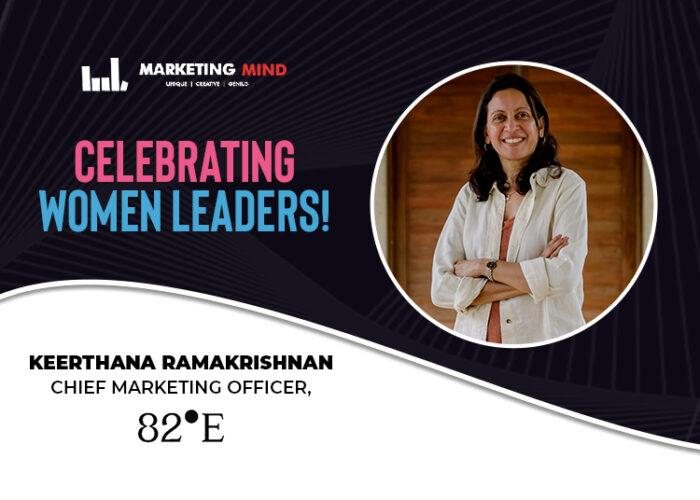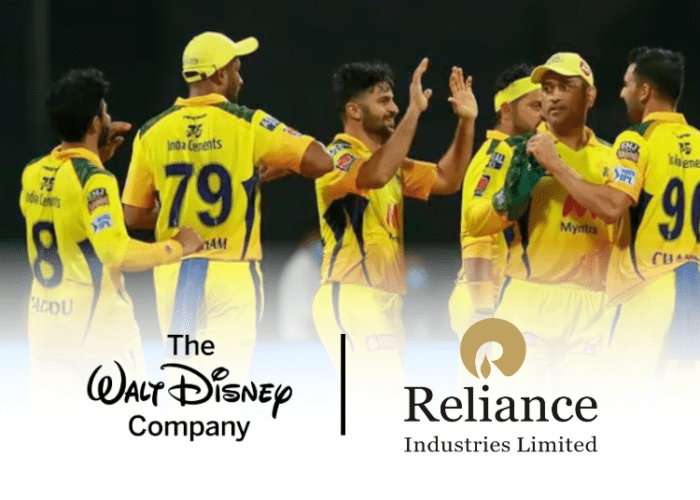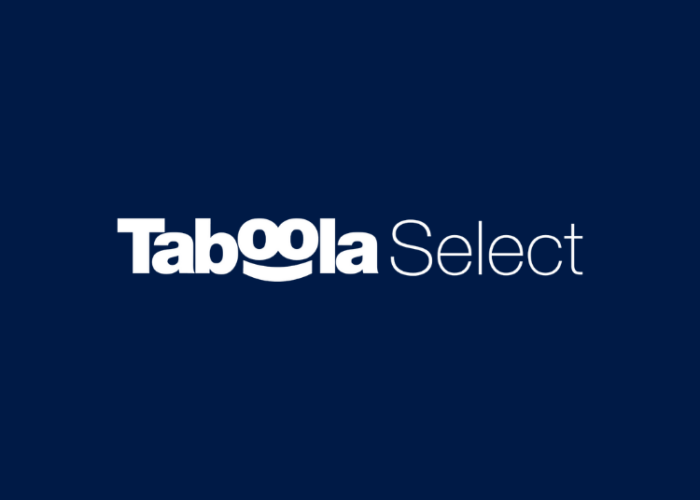What is F&O? They are Futures and Options Contracts. Futures and options contracts are two of the most important tools in derivatives trading. For the uninitiated, derivatives are contracts whose value is determined by underlying assets or groups of assets. Bonds, equities, market indexes, commodities, and currencies are all examples of assets.
What are Derivatives?
Derivatives are a type of financial contract whose value is generated from underlying assets such as stocks, bonds, currencies, commodities, and market indices, the value of which fluctuates in response to market sentiment.
Traders typically enter into derivative contracts in order to benefit by betting on the future value of the underlying asset.
Assume the market price of an equity share falls, and you suffer losses as a result of the decrease in stock value. To hedge this loss, you can get into a derivative contract to generate gains or protect yourself from losses on the spot market where the stock is traded.
There are different types of derivatives, and let us look at them here.
Types of Derivatives
Proposals
Forwards are similar to futures contracts, except that futures are standardized contracts, whereas forwards are bespoke contracts between two parties that settle on a certain date in the future at a specific price.
Futures contracts
A futures contract is a sort of derivative contract in which two parties agree to buy or sell an asset at a specific price at a specific time in the future.
Changes
Swaps are private arrangements between two parties in which the cash flows of the parties’ financial instruments are exchanged.
Alternatives
Options are derivatives contracts between an option writer and a buyer that provide them the right to buy/sell the underlying (assets, other derivatives, etc.) at a specific price on a specific date. When combined with option methods, it can be a profitable machine.
Let’s get to the second part of our discussion.
What are Futures Contracts?
A futures contract is an agreement between a buyer and a seller in which the former agrees to buy from the latter a particular number of shares or an index at a predetermined price at a future date.
A futures contract has fixed expiry dates and contract sizes, and it can be exchanged on exchanges.
Types of Futures
The following are the various sorts of future contracts:
Index Futures
A future is a sort of futures contract in which the underlying value is determined by a stock index. A stock index is a tool for monitoring changes in the prices of a set of stocks over time. It is created by picking firms from the same sector or size.
Future Interest Rates
An interest rate future is a form of a futures contract with an underlying interest-paying instrument. It is an agreement between the buyer and seller to deliver any interest-bearing asset at a specific price in the future.
Stock Option
Stock futures are derivative contracts that allow you to buy or sell a certain set of stocks at a specific price on a specific date. Once the traders purchase the contract, they are bound by the conditions of the arrangement.
Commodity and currency futures
Currency futures, often known as FX futures, are exchange-traded futures contracts that allow you to buy or sell a specific quantity of currency at a future price and date.
All of this explained, do you know what the challenge most investors face? It is how to trade F&O Stocks, and how to gain rewards from them. Here are some tips and tricks to get to the top while trading F&O.
Things to Remember Before you Start Trading
Buying options means you have a low risk, but you almost never make money. Because your risk is confined to the premium paid, many small F&O traders prefer to buy options. The issue is that approximately 97% of all options expire worthless globally. That indicates that if you buy options, you have a 4% chance of profiting from them. The truth is that option sellers incur a bigger risk, and as a result, they profit more frequently than option purchasers. So don’t be swayed by the idea that your risk in purchasing options is restricted. The truth is that when you buy options, your chances of profit are equally limited.
In risky periods, future margins can skyrocket. Many of us believe that futures have an edge over cash market purchases since they can be leveraged by purchasing on margin. However, in times of volatility, these margins might skyrocket.
Always use stop losses and profit objectives while trading F&O. This holds true for any leveraged situation. When trading Futures and Options, your primary focus should be that of a trader, not that of an investor. As a result, your primary focus should be on capital preservation. That is only achievable if you identify your profit and loss trade-offs for each trade. Stop-loss is a discipline; therefore, do not attempt to second-guess it. When trading in F&O, regardless of your opinion on the company, the stop loss and profit booking levels must be strictly followed.
Keep a close eye on the F&O charges you’re incurring. If you believe that brokerage and other charges on F&O are lower, reconsider. They may be smaller in percentage terms than on equity, but they churn more frequently in the case of F&O. These expenses mount up. On F&O trades, you must pay brokerage, GST, stamp duty, statutory costs, and STT.
Conclusion
There are a large number of people who deal in the trade of futures and options – it is always advised to understand their basics before you actually start investing in them. These are some of the things you need to know.












